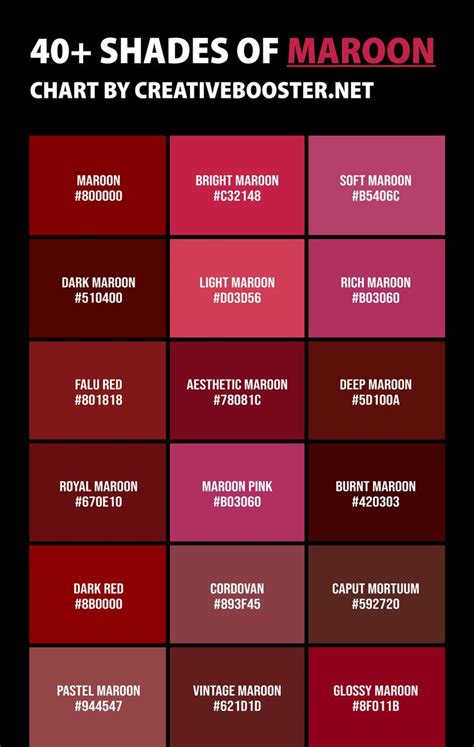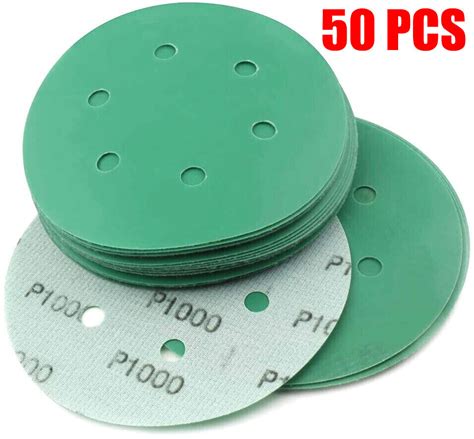Are you tired of your frizzy, unmanageable hair? If so, you’re not alone. Millions of people around the world struggle with wet and wavy hair, but there is hope. With the right products and techniques, you can achieve beautiful, healthy hair.

In this comprehensive guide, we will discuss everything you need to know about wet and wavy hair, including:
- The different types of wet and wavy hair
- The causes of wet and wavy hair
- The best products for wet and wavy hair
- The best techniques for styling wet and wavy hair
- Common mistakes to avoid when styling wet and wavy hair
There are many different types of wet and wavy hair, but they can be broadly classified into three main categories:
- Type 2A: This is the loosest type of wet and wavy hair. The waves are large and loose, and they often start at the mid-length of the hair.
- Type 2B: This type of wet and wavy hair has more defined waves than Type 2A hair. The waves are still loose, but they are smaller and more frequent.
- Type 2C: This is the tightest type of wet and wavy hair. The waves are small and tight, and they often start at the roots of the hair.
There are many different factors that can contribute to wet and wavy hair, including:
- Genetics: Wet and wavy hair is often inherited. If your parents have wet and wavy hair, you are more likely to have it as well.
- Hormones: Hormones can also play a role in wet and wavy hair. For example, during puberty, your hormones may change and cause your hair to become more wavy.
- Climate: The climate you live in can also affect your hair. If you live in a humid climate, your hair is more likely to be frizzy and wavy.
- Hair damage: Hair damage can also cause wet and wavy hair. For example, if you use heat styling tools too often, your hair may become damaged and more prone to frizz and waves.
There are a number of different products that can help you to manage wet and wavy hair. Some of the best products include:
- Shampoos: Choose a shampoo that is designed for wet and wavy hair. These shampoos will typically contain ingredients that help to moisturize and define your waves.
- Conditioners: Conditioners are essential for keeping wet and wavy hair healthy and hydrated. Choose a conditioner that is designed for your hair type.
- Leave-in conditioners: Leave-in conditioners can help to keep your hair moisturized and free of frizz. Choose a leave-in conditioner that is designed for wet and wavy hair.
-
Styling products: There are a number of different styling products that you can use to style wet and wavy hair. Some of the best styling products include:
-
Mousse: Mousse can help to define your waves and reduce frizz. It is important to choose a mousse that is designed for wet and wavy hair.
- Gel: Gel can help to hold your waves in place and reduce frizz. It is important to choose a gel that is designed for wet and wavy hair.
- Cream: Cream can help to moisturize your hair and reduce frizz. It is important to choose a cream that is designed for wet and wavy hair.
There are a number of different techniques that you can use to style wet and wavy hair. Some of the best techniques include:
- Air drying: Air drying is the gentlest way to style wet and wavy hair. To air dry your hair, simply wash and condition your hair and then let it dry naturally.
- Diffusing: Diffusing is a great way to add volume and definition to your waves. To diffuse your hair, simply attach a diffuser to your hair dryer and dry your hair on a low heat setting.
- Curling: Curling is a great way to create more defined curls in your hair. To curl your hair, simply use a curling iron to wrap sections of your hair around the barrel.
- Braiding: Braiding is a great way to create waves in your hair without using heat. To braid your hair, simply divide your hair into sections and braid each section.
There are a number of common mistakes that people make when styling wet and wavy hair. Some of the most common mistakes include:
- Using too much product: Using too much product can weigh your hair down and make it look greasy.
- Using the wrong products: Using the wrong products can damage your hair and make it more prone to frizz and waves.
- Styling your hair when it is dry: Styling your hair when it is dry can cause it to become frizzy and unmanageable.
- Using heat styling tools too often: Using heat styling tools too often can damage your hair and make it more prone to frizz and waves.
-
Q: What is the best way to care for wet and wavy hair?
- A: The best way to care for wet and wavy hair is to use the right products and techniques. Choose products that are designed for wet and wavy hair and avoid using heat styling tools too often.
-
Q: How often should I wash my wet and wavy hair?
- A: The frequency with which you wash your wet and wavy hair depends on your hair type and lifestyle. If you have oily hair, you may need to wash it more often than if you have dry hair.
-
Q: What are some of the best products for wet and wavy hair?
- A: Some of the best products for wet and wavy hair include shampoos, conditioners, leave-in conditioners, mousses, gels, and creams. Choose products that are designed for your hair type and needs.
-
Q: How can I style my wet and wavy hair without using heat?
- A: There are a number of ways to style your wet and wavy hair without using heat. Some of the best methods include air drying, diffusing, curling, and braiding.
-
Q: What are some of the common mistakes to avoid when styling wet and wavy hair?
- A: Some of the common mistakes to avoid when styling wet and wavy hair include using too much product, using the wrong products, styling your hair when it is dry, and using heat styling tools too often.
Wet and wavy hair can be a beautiful and manageable hair type. With the right products and techniques
